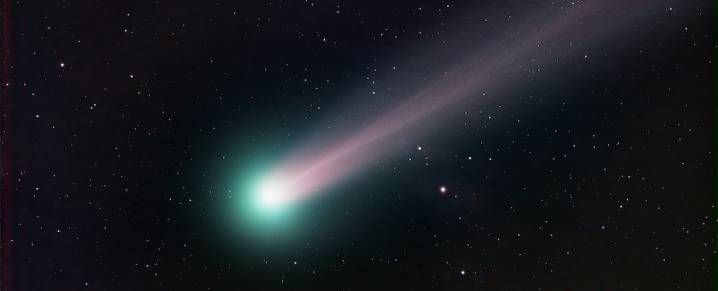Microscopic grains of alien dust buried in the sediment at the bottom of the ocean could be evidence of a comet that exploded in Earth's atmosphere 12,800 years ago.
This hypothetical event, known as the Younger Dryas impact , was invoked to explain a sudden, 1,200-year period of rapid cooling to near-glacial conditions during a time when Earth's climate was on a warm upswing. It's a controversial proposal, to say the least, with many scientists roundly rejecting it while others remain more open to the possibility .
One of the leading refutations is that no crater has been found, as one might expect from such a world-changing event… but the evidence may be much smaller than a crater.
Led by geoscientist Christopher Moore of the University of South Carolina, a team of researchers p

 ScienceAlert en Español
ScienceAlert en Español

 KRWG Public Media
KRWG Public Media New York Post
New York Post CNN Politics
CNN Politics Reuters US Top
Reuters US Top AlterNet
AlterNet